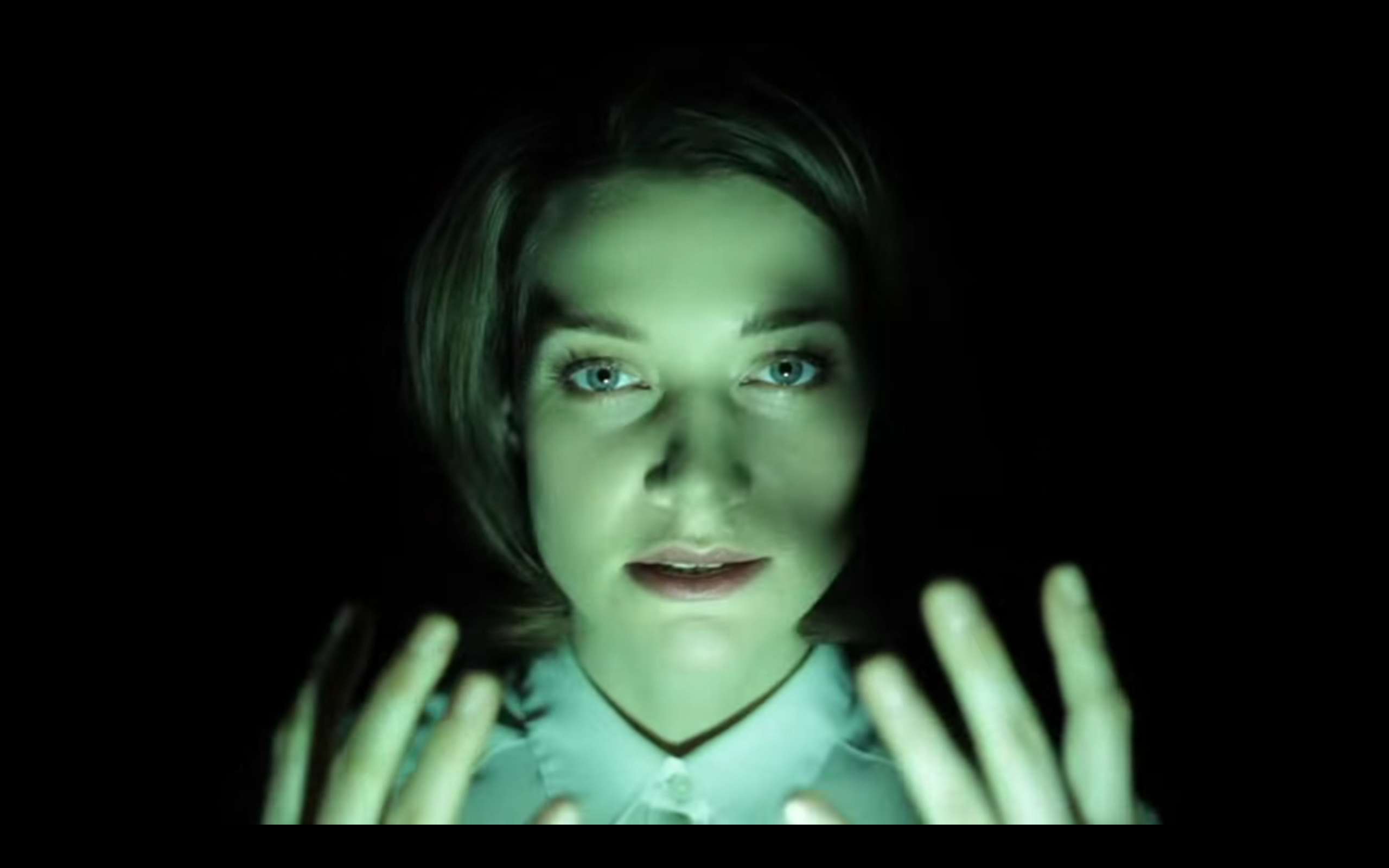What makes a successful first date? Free association: chemistry, physical attraction, mutual interests. Buttondown, not v-neck, tolerable political views, emotional maturity. Decent taste in music (if you like Iggy I’ll get up and leave). Are you a dog person or cat person? Why doesn’t everyone without a strong opinion on the matter just say “animal person” and not risk ruining the whole thing from the start?
What does it boil down to? Do I like this person (do they like me), can they hold my interest (can I hold theirs), and is it all worth this overpriced sushi? It’s this mess of unquantifiable factors that defines an early romantic interaction and spits out anything, ranging from an awkward acquaintanceship to a hookup to the start of a long-term relationship.
I’ve always wondered how these complicated, nebulous romantic moments work, and a few weeks ago I stumbled across an answer in the architecture building. Princeton students Akira Ishikura, Sharon Xu, Andrew MacMillan, and Robert Becker reduced dating to simple physical forces. They constructed a project called “Speed Date” for an architecture class – it’s a bulky, wooden “machine” that basically looks like a suspended seesaw with a table in the middle. There’s a description in intentionally awkward, technical language by the side of the machine:
“The date machine examines the conventional dating typology through the lens of the speed dating format,” it reads. “Here, the date begins when the two users are seated at the machine. The force of one user displaces the other, shifting the position of central self-leveling table. The users must then negotiate disparate forces to comfortably create a space for dating.”
I’ve never been “speed dating,” but I distinctly remember the red-and-white checked tablecloth covering the table of the first date I went on with someone I didn’t know. A boy had walked into the little boutique I worked at during summer vacations in high school. My staple gun broke as I set up a display. He offered to help. We talked as he fiddled with the jam; we laughed when he couldn’t fix it. He asked me to dinner.
Two days later I got off work and the boy took me to Pasta Jay’s, a local Italian joint. The walls were faux-Venetian brick and votive candles in deep red glass jars were on each of the couple’s tables. He talked about musical theatre. I folded the white cover of my straw into little squares until the paper fibers disintegrated. We got spaghetti and I distractedly pushed a meatball around the edge of my plate with my fork, scoffing at the naiveté of Lady and the Tramp.
The next day my manager at work told me the staple gun was completely broken. I tossed it into the dumpster out back along with the Styrofoam cases of the recent shipment of dog-shaped mugs.
Now, years later, I stand in front of the dating machine, waiting for the Architecture Library to open on a Sunday afternoon. What I like about the model is its simplicity. It takes all those complicated and intangible romantic interactions and whittles them down to one force: the power dynamic. If one person has more or less to offer, or makes it seem like they do, nothing balances out. One person gets bored, the other desperate. Someone hops off their metaphorical chair and leaves their partner hanging.
I was intrigued enough that I set out to actually try the machine. I had a boy-of-interest at the time. We directed snarky remarks to each other during group conversations; sometimes our eye contact would linger from across the room. One morning, I awkwardly slipped a comment about the machine into our conversation and asked him to try it out. In the moment before he answered a wave of nervousness washed over me – maybe I had read our interactions wrong and the flirtation was entirely one-sided. Worse, maybe he thought I just asked him out on a real, serious date rather than to a vaguely romantic architecture installation, which in the college-relationships context might be the worst misunderstanding possible. His answer finally interrupted my escalating thoughts; he smiled slightly and agreed to make a detour to the architecture building on his way to Firestone.
We pushed open the heavy glass door and approached the machine, gingerly climbing onto the seats, laughing and lightly flirting as the wooden table rolled on its bulky gears between us. The machine actually settled into easy equilibrium. Boy-of-interest and I stayed suspended in the air, parallel to each other, our legs dangling. We asked a passing architecture major to push our seats, but after a few seconds we swung back to awkward balance. Conversation fizzled and the ensuing pause felt palpable as it stretched over the room, hanging heavily over our two bodies that poised facing each other, separated roughly five feet apart by the many wooden limbs of the contraption. I scrambled for some topic of conversation and instead suggested we leave. We tried to jump off the machine at the same time.
I found out a week later that the assignment for the “Speed Date” project was actually to make an equilibrium machine. That same day, I sent boy-of-interest a Facebook message, which he never replied to. Our balance was never as steady as architecture students would make it out to be. The installation’s espousal of easy, steady romance feels a bit like false advertising – it’s not a representation of the unsuccessful, awkward meatball-pushed-around-plate kind of date. Maybe I should be frustrated and disappointed by such a dishonest model. But despite my disillusionment, I still smile as I walk past the awkward contraption. I find it endearing and comforting in its optimism, in how it imitates through wood and nails that rare moment when two people completely balance each other out. Maybe that’s when a date really begins.

Philly was good 🙂 want to go to Rojo’s?
Is “Boy of Interest” as pretentious as you are?